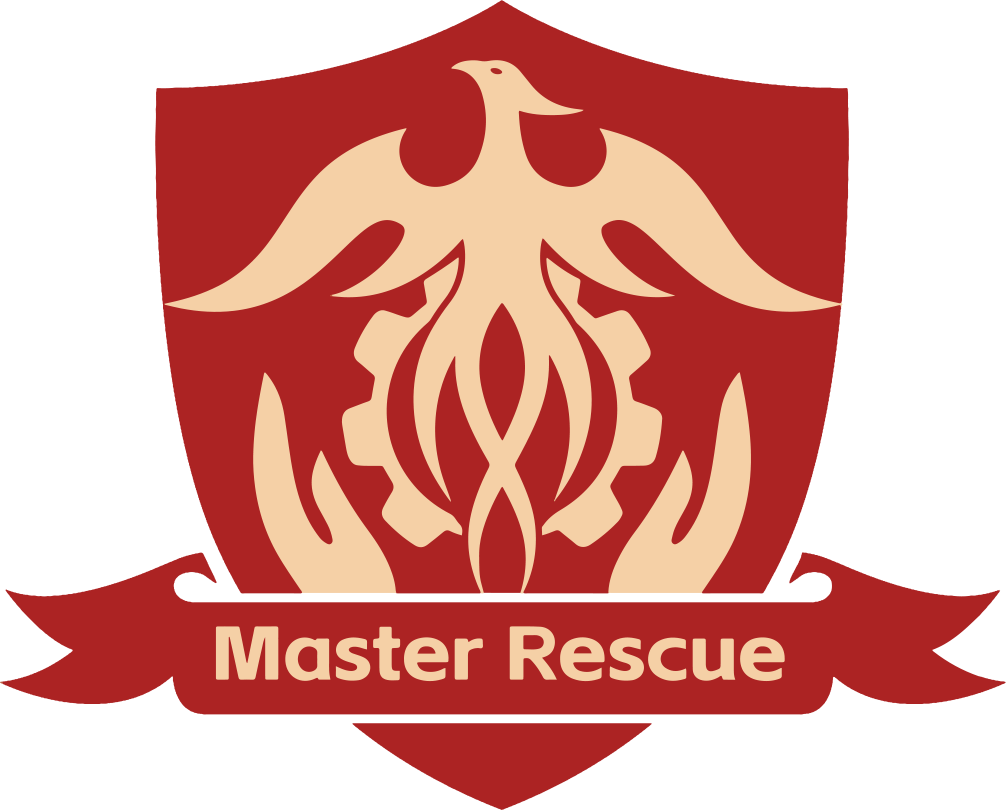As our understanding of health risks evolves, so do the tools and strategies needed to address them. To ensure your first aid kit remains relevant and effective, it’s important to anticipate emerging challenges and incorporate solutions that enhance its utility.
1. Preparing for Emerging Health Risks
Pandemics and Infectious Diseases
- Additions to Your Kit:
- N95 Masks: Protect against airborne pathogens.
- Hand Sanitizers: Alcohol-based for disinfection on the go.
- Thermal Scanner: For quick temperature checks.
- Disposable Gowns and Face Shields: For high-risk environments.
- Why It Matters: The COVID-19 pandemic highlighted the importance of PPE (Personal Protective Equipment) in mitigating the spread of diseases.
Climate-Driven Emergencies
- Additions to Your Kit:
- Cooling Towels: For heatstroke prevention in extreme heat.
- Waterproof Matches: Essential during floods or wet conditions.
- Dust Masks: Protects from air pollution or wildfire smoke.
- Why It Matters: Changing climates increase the frequency of extreme weather events, requiring specialized tools for safety and survival.
Chemical or Hazardous Exposures
- Additions to Your Kit:
- Chemical Burn Treatment Gel: For exposure to irritants or corrosives.
- Eye Rinse Station (Portable): For flushing out hazardous substances.
- Respirators: For protection against harmful vapors.
- Why It Matters: Urban areas and industrial zones are prone to accidental chemical exposures.
2. Enhancing Accessibility and Inclusivity
Kits for Individuals with Disabilities
- Braille Labels: For visually impaired users.
- Vibration Alarms: Alerts for emergencies for those who are hearing impaired.
- Customized Supplies: Include tools specific to mobility aids (e.g., padding for wheelchairs).
Senior-Friendly Kits
- Easy-Open Packaging: Arthritis-friendly designs.
- Larger Print Guides: For those with visual challenges.
- Portable Oxygen Supplies: In case of breathing difficulties.
Child-Specific Kits
- Bright and Non-Intimidating Design: Reduces fear and anxiety.
- Child-Safe Medications: For common ailments like fever and allergies.
- Comfort Items: Small toys or stickers to distract during care.
3. Technological Enhancements for Modern Kits
Smart First Aid Kits
- Digital First Aid Guides: Preloaded apps or devices that offer step-by-step instructions.
- Bluetooth Connectivity: Syncs with smartphones for inventory tracking and guidance.
- Integrated GPS: Sends location to emergency responders during use.
Reusable Smart Sensors
- Attach to splints or bandages to monitor:
- Blood circulation.
- Temperature.
- Wound healing progress.
Portable Diagnostics
- Blood Pressure Monitors: Compact, digital devices.
- Pulse Oximeters: Measures oxygen levels and heart rate.
4. Tips for Multi-Person Preparedness
Community Kits
- Designed for larger groups, such as offices, schools, or event venues.
- Includes multiple sets of supplies to handle simultaneous injuries.
- Features restocking alerts for high-usage items.
Family Kits
- Customized to address the specific medical needs of all family members.
- Sections labeled for individual needs (e.g., “Child’s Medications,” “Allergy Supplies”).
Event-Specific Kits
- Tailored for gatherings like marathons, concerts, or festivals.
- Includes crowd-management essentials like megaphones, reflective vests, and hydration aids.
5. Advanced Training for Enhanced Preparedness
Wilderness Medicine
- Covers injuries in remote locations, including snake bites, altitude sickness, and hypothermia.
Tactical Combat Casualty Care (TCCC)
- Focuses on life-saving measures like using tourniquets, chest seals, and airway management in hostile environments.
CPR and AED Use
- Combines chest compressions with automated defibrillator operation for cardiac emergencies.
Mental Health First Aid
- Training to recognize and respond to psychological crises, including anxiety attacks and PTSD.
6. Sustainability in First Aid Kits
Eco-Friendly Supplies
- Biodegradable Bandages: Reduce environmental impact.
- Reusable Tools: Like metal scissors and tweezers instead of disposable ones.
- Solar-Powered Devices: Such as flashlights or radios.
Sustainable Packaging
- Opt for kits with minimal plastic and recyclable materials.
- Use vacuum-sealed pouches to reduce waste and save space.
7. Innovations in Emergency Preparedness
Modular Kits
- Allows customization by swapping out modules for specific needs (e.g., “Outdoor Module,” “Childcare Module”).
Drone-Delivered Kits
- In areas with limited access, drones equipped with first aid kits can deliver supplies quickly to those in need.
Wearable First Aid
- Compact tools integrated into bracelets, belts, or vests for ultra-portable care.
Real-Life Examples of First Aid Kit Impact
1. Hurricane Response
- A family used their disaster kit’s thermal blankets, water purification tablets, and medical tools to stay safe during a prolonged power outage after a hurricane.
2. Remote Hike Rescue
- A hiker stabilized a fractured leg with a tactical splint and prevented infection with antibiotic ointment while waiting for rescue.
3. Workplace Incident
- Quick application of a tourniquet from a workplace kit saved a construction worker’s life after a severe laceration.
4. Child’s Emergency
- Parents used their first aid kit to treat their child’s allergic reaction with an EpiPen, providing life-saving care before paramedics arrived.
Conclusion: Building Resilience Through Preparedness
A first aid kit is not just a box of supplies—it’s a cornerstone of safety, readiness, and peace of mind. As risks evolve and technology advances, upgrading and customizing your kit ensures you remain prepared for any situation. By incorporating advanced tools, training, and forward-thinking innovations, you can transform your kit into a powerful resource capable of addressing diverse challenges.
Invest in the future of your safety and health by maintaining, upgrading, and personalizing your first aid kit. In emergencies, preparation is your strongest asset—and a well-stocked kit can make all the difference.
